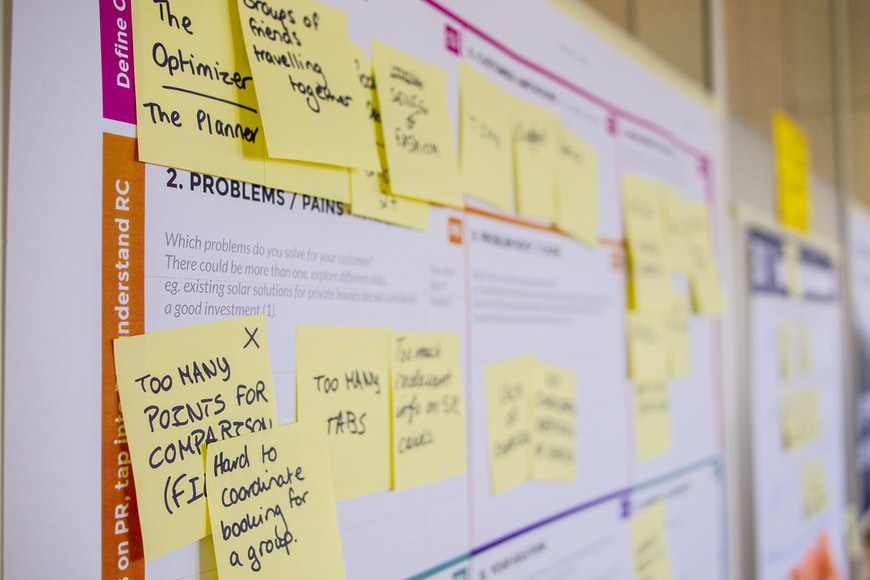
Agile Delivery Roadmap: Everything You Need to Know
Here’s everything you need to know about the agile delivery roadmap.
Agile Delivery Roadmap Definition
The agile delivery roadmap is the most common way to present the progress of an agile project.
The main idea behind this roadmap method is that you can’t have a project that is completely predictable. So, you have to use estimates that are often revised.
The progress of the product roadmap is often depicted by showing the phases of development, how much time was spent on each phase, and the current state of development. The main phases are:
- Conceptualization
- Design
- Building
- Operations and maintenance
Users are usually given access to releases in order to help them adapt their processes to your new product.
Each release is usually accompanied by a release plan, which describes what features it should include. This should happen by the end of the development phase.
The agile delivery roadmap is also a flexible method to display progress and commitments, but it’s only as good as the information that’s put into it.
That’s why it’s important to keep track of all milestones and activities, as well as to adapt the roadmap according to project changes.
Why Agile Delivery Roadmap Is Essential
The agile delivery roadmap is a great way to keep all stakeholders accountable and update them about the progress of the project.
It also helps guide your team and manage their expectations.
Agile delivery roadmaps can be effective as a communication tool for internal and external stakeholders. How so?
Internally, they help the team stay focused on short-term goals and objectives. Externally, they provide a way for your customers and end-users to visualize the project.
So, you make it easier for them to understand where they fit into the overall scheme of things.
Agile Delivery Roadmap Best Practices
There are some best practices that you should take into consideration when you create an agile delivery roadmap:
The time frames should be realistic
Stretching your timeframes a bit is great, but ensure that they are still realistic and attainable. By doing so, you can make sure that your stakeholders don’t lose confidence in your project.
It’s great to have some ambitious goals, but make sure that the features you choose are also feasible.
If you want to go for something more complex, make sure that you have a clear plan for how to reach your goal.
The backlog should be prioritized
You have to prioritize your backlog so that you can deliver what’s most important for your product.
To do so, you need to categorize your backlog items and determine which ones are most important or have the highest priority.
The project should also be flexible enough to respond to change. As we said before, it’s impossible to have a project that is completely predictable.
So, you should be ready to adapt and react according to the changes that happen within the project.
You should start with the end in mind
Before you start planning your backlog, you need to know what your goals are.
Then, you can prioritize your backlog according to the features that will support the goals that matter the most.
An agile delivery roadmap is a framework that you can use to manage your product development, but it’s only as good as the information that’s put into it.
That’s why it’s important to keep track of all milestones and activities, as well as to adapt the roadmap according to project changes.